
Often underestimated, playtime should be taken very seriously as it is crucial for healthy childhood development. In this context, toys play a leading role.
Contributing in various ways to children's physical, emotional, social, and cognitive growth, toys are much more than a source of entertainment – they are essential tools that help shape how children perceive the world.
So much so that the Declaration of the Rights of the Child, proclaimed by the UN, states that “the child shall have full opportunity for play and for recreational activities, which should be directed to the same purposes as education.”
Given the undeniable importance of toys in child development, choosing the right ones can make a big difference. Providing a variety of educational and stimulating toys ensures healthy, happy growth and better preparation for life’s challenges.
Toy safety is another important factor to consider to avoid significant risks to children's health and well-being. Toys should be designed to prevent choking, cuts, poisoning, and other types of injuries.
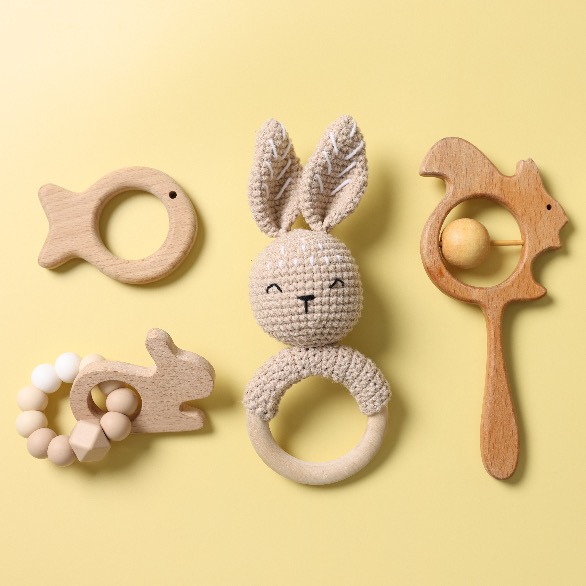
Small parts can pose a choking hazard. Especially for children under three, it is essential that toys are large enough not to be swallowed.
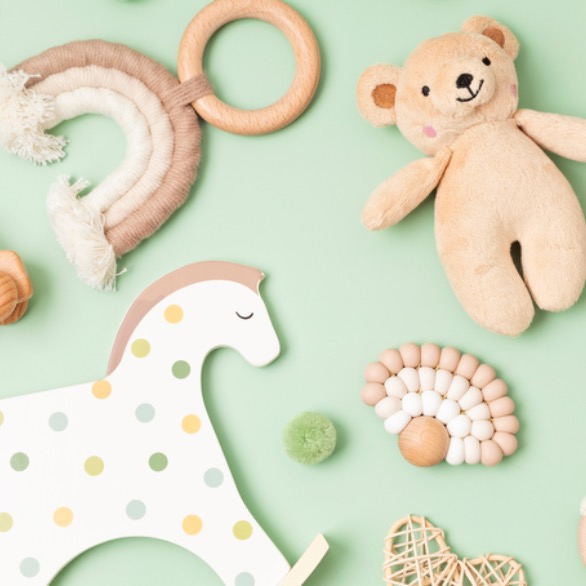
Since children tend to put everything in their mouths, toys should be made from safe and non-toxic materials. It is important to ensure that the paints used are water-based and free from harmful chemicals.
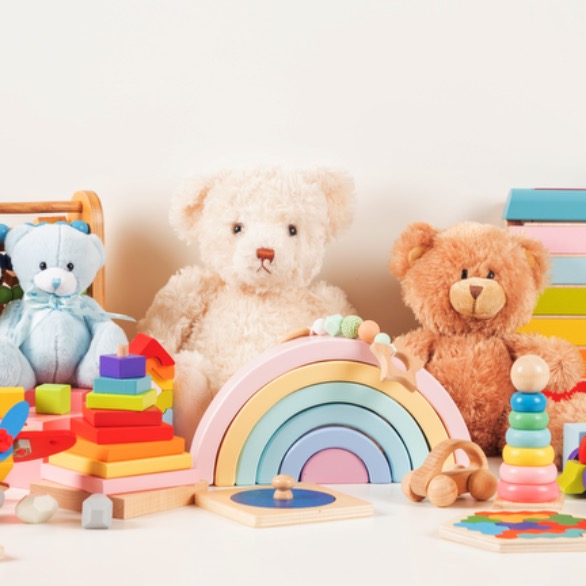
Toys that break easily can leave behind small or sharp pieces that could cause injury or be swallowed.
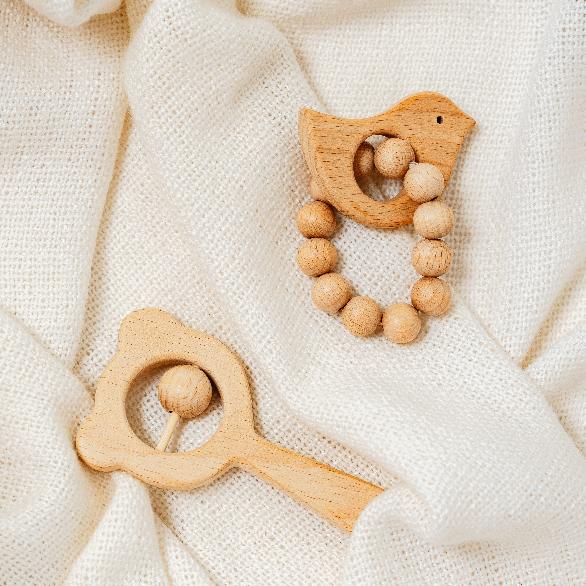
Objects with sharp edges or rough surfaces can cause cuts or scratches and should therefore be avoided.
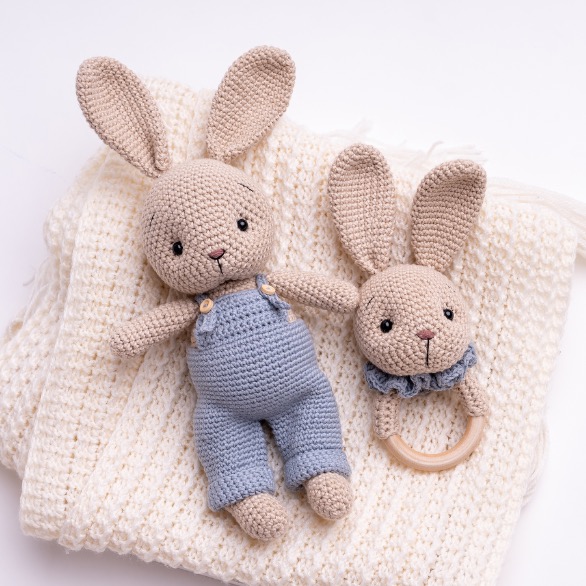
For dolls and soft toys, it’s important to ensure that clothing and accessories cannot be easily removed. Eyes, buttons, and other small parts should be firmly attached to prevent swallowing.
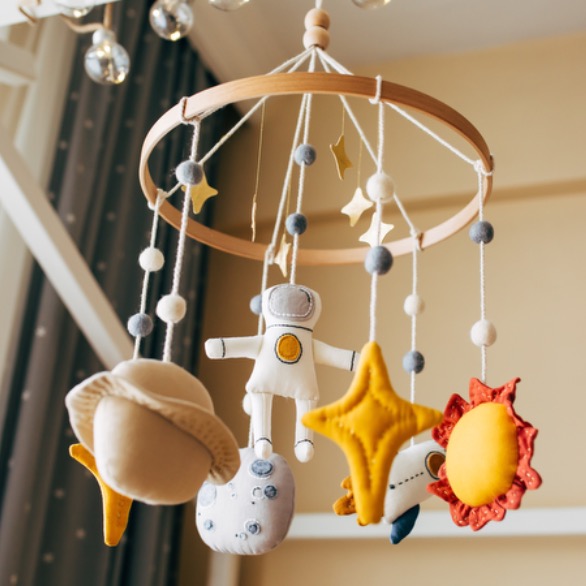
Look for toys that have safety certifications, such as compliance with the European Union Toy Safety Directive.

Even with safe toys, adult supervision is essential to ensure that the child uses them correctly.

Regularly inspecting toys ensures they are not damaged or worn, preventing potential hazards.

Finally, teaching children the importance of playing safely and recognising possible dangers is vital. This not only helps prevent accidents and injuries but also develops awareness, responsibility, and independence.
Choosing age-appropriate toys is another key aspect of healthy and safe play. In addition to providing fun, toys that match a child’s age and skills contribute significantly to cognitive, emotional, and motor development, helping to avoid accidents and frustrations.
In the first months of life, babies explore the world mainly through their senses. During this phase, they begin to develop basic motor skills and pattern recognition.
From the first year of life, children begin to refine fine and gross motor skills, as well as develop language and social abilities.
During this period, play becomes more complex, contributing to the development of imagination, social skills, and fine motor skills.
At this stage, children become more independent, with greater concentration ability and more complex social skills.
At this age, children have diverse interests and begin to develop specific hobbies and skills. They are also able to understand and follow more complex rules.
Given all of this, choosing the right toys for each stage of childhood development should not be random. Instead, it should be a thoughtful choice to ensure not only fun but also the healthy and safe growth of children.
By opting for toys that stimulate cognitive, motor, emotional, and social development, parents and educators actively contribute to making playtime a powerful tool for children's holistic development.